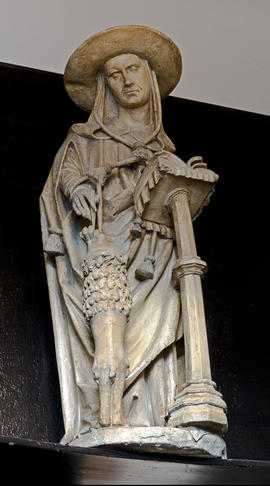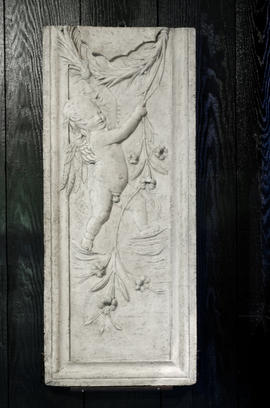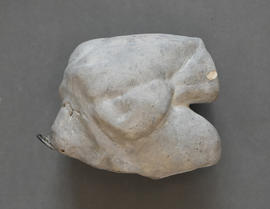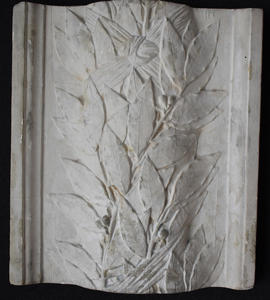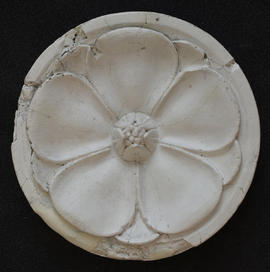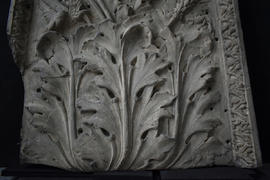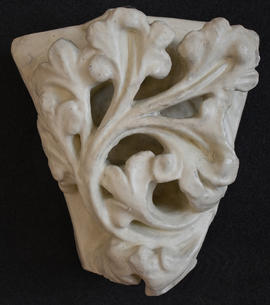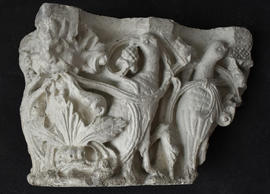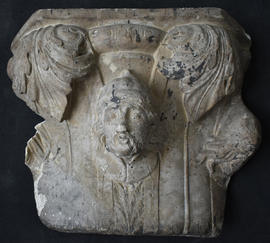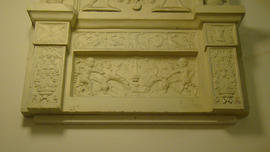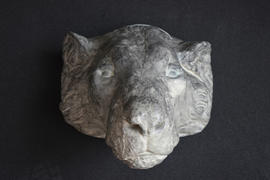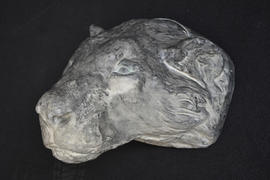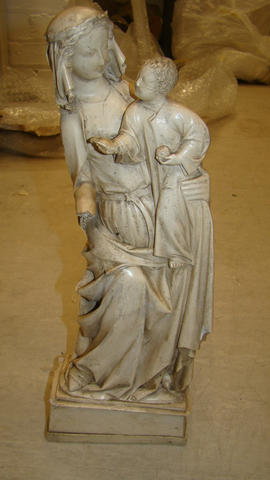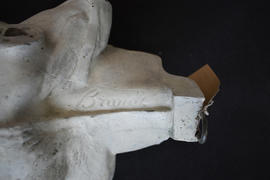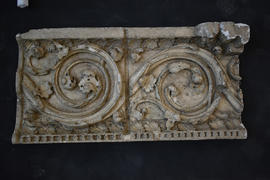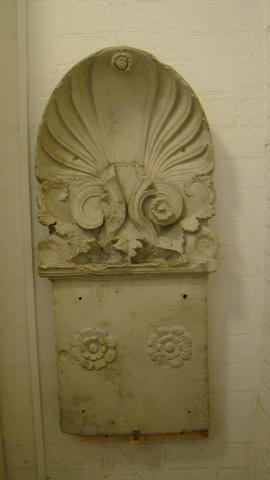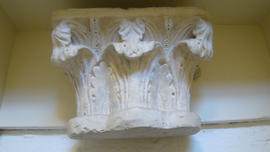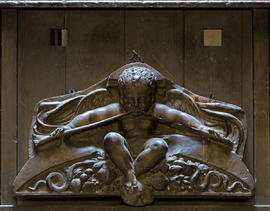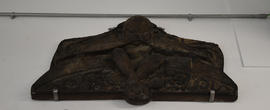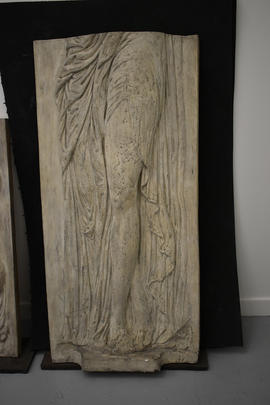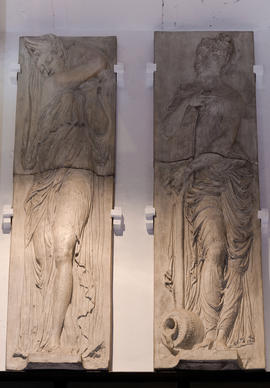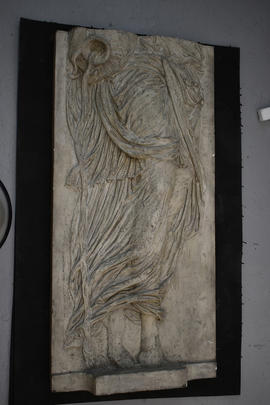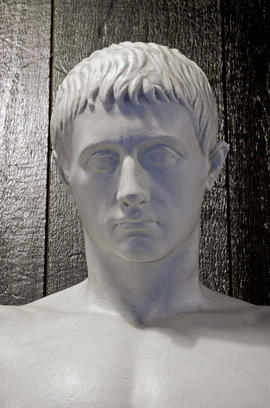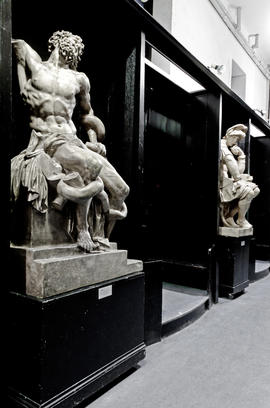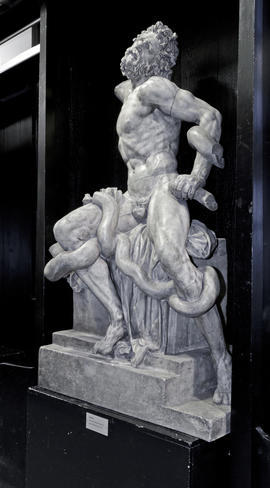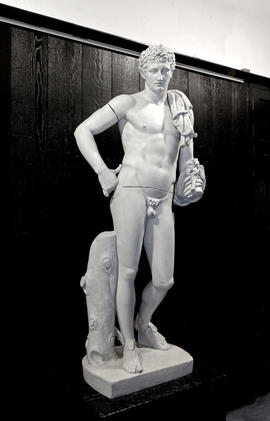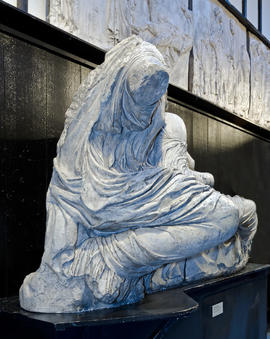This item was lost in the fire in The Mackintosh Building at The Glasgow School of Art on 15th June 2018. All that remains is a fragment of a hand.
Original: This statue group was found in 1506 on the Esquiline Hill in Rome and immediately identified as the Laocoon described by Pliny the Elder as a masterpiece of the sculptors of Rhodes: Agesander, Athenodoros and Polydorus around 40-30 BC. It shows the Trojan priest Laocoon and his sons Antiphantes and Thymbraeus being strangled by sea serpents. In 1587 Giovanni Battista Armenini's treatise on painting and recommended all students to draw from the casts of the finest statues in Rome- 'the Laocoon, the Hercules, the Apollo, the Great Torso....' of the Belvedere. Listed in first catalogue as Greco-Roman and that the original is located in the Vatican. Original currently in the collection of the Vatican Museums, Rome, Italy.
This item was damaged in the fire in the Mackintosh Building on 23rd May 2014. It underwent conservation and consolidation work in 2016.

